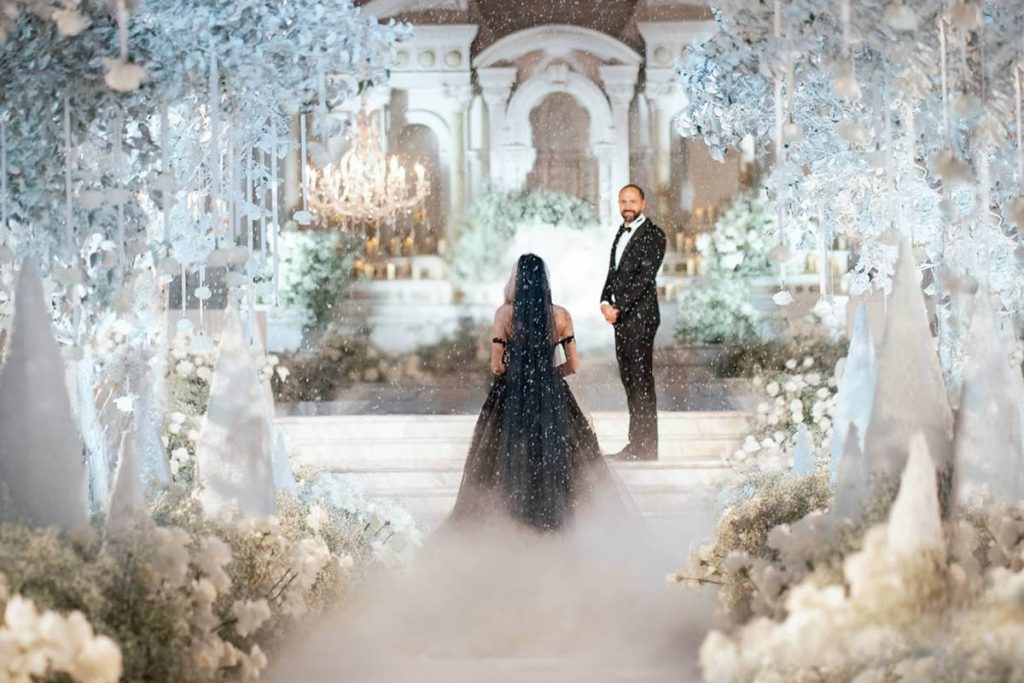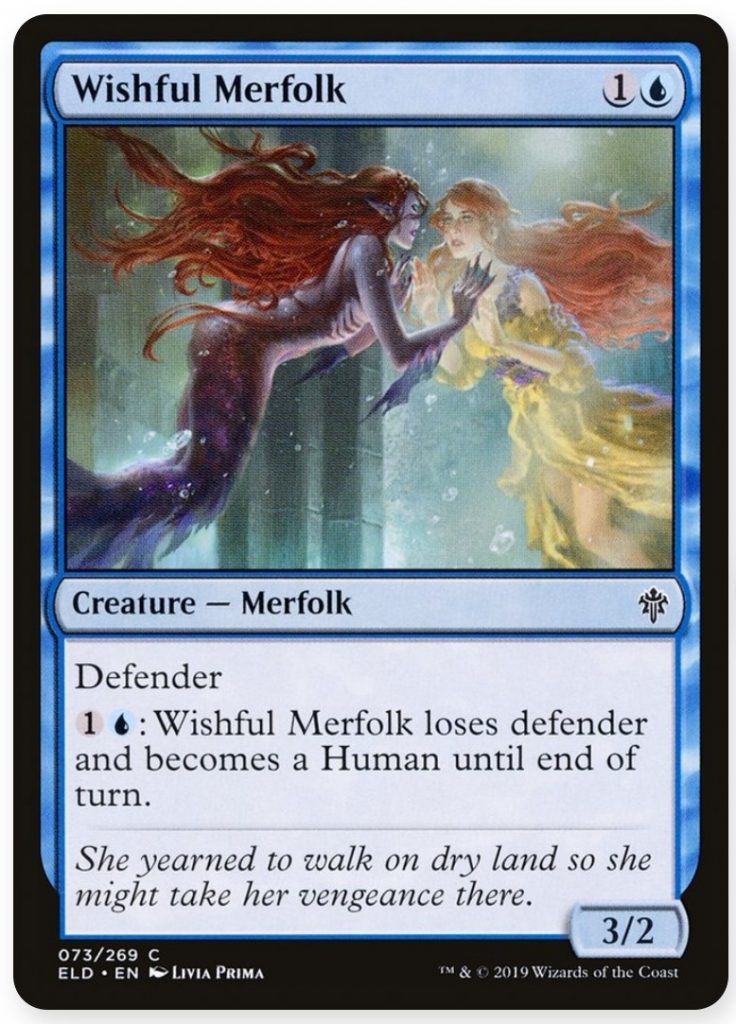While looking around to find a subject for this week’s blog post, I came across countless weddings, dresses, and houses (and A LOT more Disney adults than I would’ve expected). I have, of course, heard of this term before, a “fairy tale wedding”. But I had never expected to see pages and pages of inspiration and an entire culture built upon this idea. I fell down this niche rabbit hole of fairy tale and Disney themed weddings. There were websites, and articles dedicated to planning a picture perfect fairytale inspired wedding. Disney has an entire 2 season long show called “Disney’s Fairy Tale Weddings” that documents different couples’ magical night and the process leading up to it.

Plan Your Snow Fairy-Tale Wedding! Dreaming of Planning the Perfect Winter Wedding? Why Wait for Spring or Summer, When You Can Take Advantage of Chilly Climates to Plan Your Big Day!” Asiana TV, https://asiana.tv/wedding/planning/plan-your-snow-fairy-tale-wedding/
I have never understood this idealization of big expensive weddings. It seems like just another thing that is pushed upon young girls to dream and look forward to. Countless times over family dinners, I’ve been told “one day you’re going to get married to a good man and have kids”! It always comes from a place of love, but it only made me conscious of all the things I could do wrong. Not only that, but it ultimately made me hate the idea of having a big wedding. It’s supposed to be the best day of your life, but shouldn’t every day with that person make you feel that way? I think instilling the idea that the only way to make your marriage special is to have a fairy tale wedding is harmful to more kids than people realize. Has anyone else had similar experiences to this? Did it have a positive or negative impact on your ideas about marriage?


